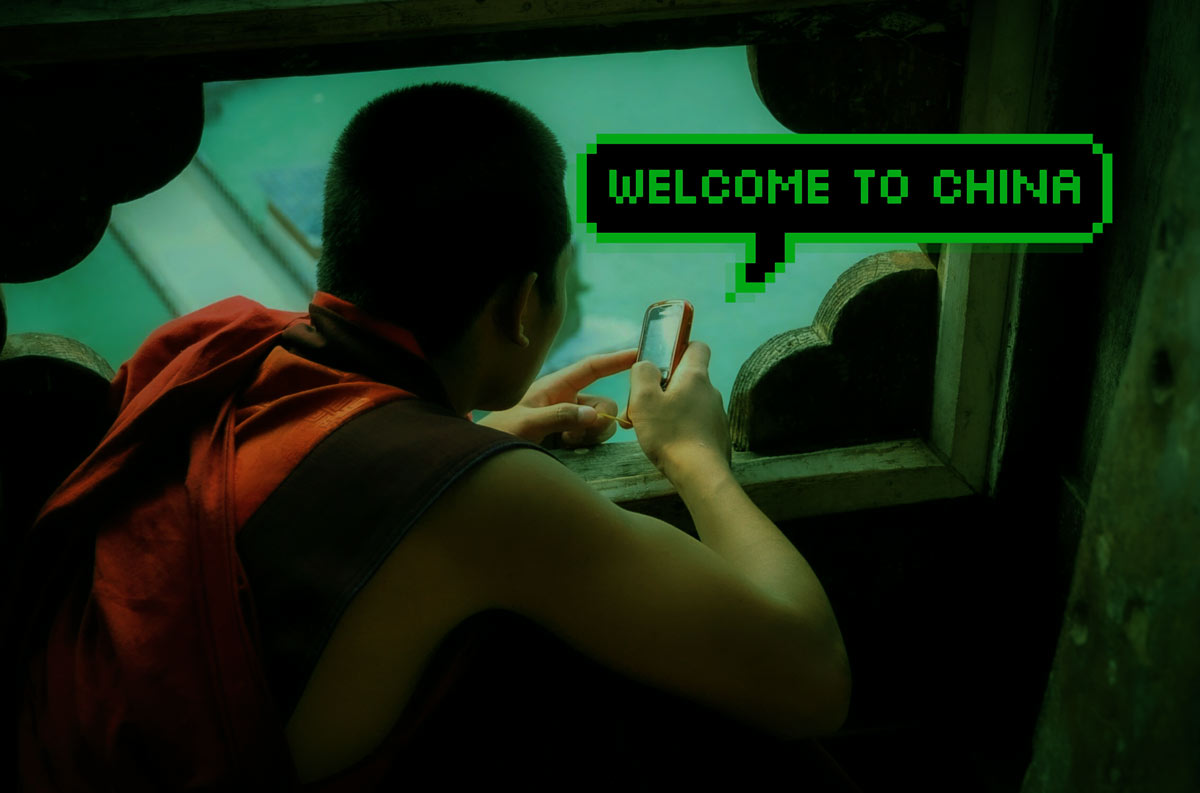Citizen Lab has released a new report on how WeChat international users are unwittingly building up WeChat’s Chinese Censorship Apparatus. You can read the full report here at:
https://citizenlab.ca/2020/05/we-chat-they-watch/
Key Takeaways
WeChat surveills non-China-registered accounts and uses messages from those accounts to train censorship algorithms to be used against China-registered Accounts.
In previous research, we found that censorship on WeChat is only enabled for users with accounts registered to mainland China phone numbers. WeChat users outside of China may think that WeChat’s political censorship and surveillance system does not affect them. However, in new research we show that files and images shared by WeChat users with accounts outside of China are subject to political surveillance, and this content is used to train and build up the censorship system that WeChat uses to censor China-registered users. Our technical methods can only tell us if files and images shared on WeChat are under surveillance. We don’t know yet if chat message text is under similar surveillance. In the meantime, users should be aware that this is a possibility.
Both the monitoring and censorship happen in secret, without transparency to Users.
Our experiments reveal that content surveillance is applied to both China-registered accounts as well as to non-China-registered accounts. Content surveillance between users of accounts registered outside of China is functionally undetectable.
None of WeChat’s public-facing policy documents, personal data access requests processes, or privacy officers communicated that the company is conducting this surveillance.
We analyzed WeChat’s public-facing policy documents, made personal data access requests, and sent detailed questions to Tencent data protection representatives. We used these methods to assess if they could reveal or explain the surveillance practices we detected, and whether WeChat representatives would explain the company’s practices when directly asked about them. None of these methods provided a clear rationale or description of the surveillance that we detected in the course of our experiments.


